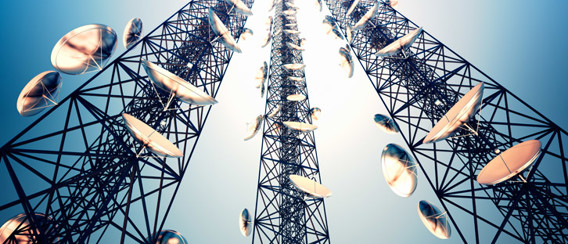DAS bloom
A recent study by Mobile Experts LLC predicts that more than 16 million distributed antenna system (DAS) nodes will be deployed worldwide between 2013 and 2018. In addition, the number of nodes deployed will double between 2013 and 2016.
Many North American operators, for example, are massively increasing their plans for DAS spending. The DAS food chain is a complex one, but promises to be lucrative for the players involved, including neutral hosts, installers and system integrators.
And, most of these antennas will receive their ever-growing data via fiber, with its capacity to carry huge data loads at extremely high speed. Regardless of whether we are referring to indoor or outdoor DAS, fiber is the medium of choice for carrying data. As is true of any infrastructure, the top layer (in this case the DAS) is only as good as its foundation, i.e., the fiber infrastructure.
DAS offer great potential and promises: they are Wi-Fi friendly, small-cell friendly, built faster and operational more quickly than towers for the provision of LTE services. A DAS enables independent operation of multiple frequency bands and multiple protocols across a single access network. Consequently, multiple-operator network sharing can be supported by a DAS system. But again, it all comes down to the fiber—essentially, better and deeper wireline is required to enable more wireless.
As with all fiber-optic deployment and construction, best practices in testing are required to achieve the expected data rate and reliability, and in particular, the best user experience. Furthermore, and especially in the case of DAS, because a single system can transport data from multiple carriers, the fiber infrastructure will be installed, qualified, tested and certified by a third party—either the antenna or network owner, or a subcontractor. And, because the link serves multiple paying carriers, a birth certificate and proof of proper installation is often required.
Often overlooked in many fiber-testing situations, the wireless network architecture not only needs to test in accordance with today’s best practices, but also needs to deliver relevant and compelling test reports to aid carriers, and gain their trust and business.
The purpose of any fiber-optic network is to perform high-speed, error-free data transmission. Adequate testing during each phase of the network deployment guarantees that products meet specifications and minimizes costly and time-consuming troubleshooting efforts by revealing dirty/damaged connectors, questionable splices and other faulty components before they disrupt service.
One of the most important factors in ensuring proper transmission is to control power losses in the network against the link loss-budget specifications. This is ensured by establishing a total end-to-end loss budget with sufficient margin while reducing back reflection to a minimum. EXFO offers the entire suite of test equipment required for maintenance and troubleshooting of DAS systems, and this equipment also delivers the high performance needed to speed up DAS construction and deployment.




